Abstract:
One of the main constraints for reducing the temporal duration of attosecond pulses is the attochirp inherent to the process of high-order harmonic generation (HHG). Though the attochirp can be compensated in the extreme-ultraviolet using dispersive materials, this is unfeasible toward x-rays, where the shortest attosecond or even sub-attosecond pulses could be obtained. We theoretically demonstrate that HHG driven by a circularly polarized infrared pulse while assisted by an strong oscillating ultrafast intense magnetic field enables the generation of few-cycle Fourier-limited few attosecond pulses. In such a novel scenario, the magnetic field transversally confines the ionized electron during the HHG process, analogously to a nanowire trapping. Once the electron is ionized, the transverse electron dynamics is excited by the magnetic field, acting as a high-energy reservoir to be released in the form of phase-locked spectrally wide high-frequency harmonic radiation during the electron recollision with the parent ion. In addition, the transverse breathing dynamics of the electron wavepacket, introduced by the magnetic trapping, strongly modulates the recollision efficiency of the electronic trajectories, thus the attosecond pulse emissions. The aftermath is the possibility of producing high-frequency (hundreds of eV) attosecond isolated few-cycle pulses, almost Fourier limited. The isolated intense magnetic fields considered in our simulations, of tens of kT, can be produced in finite spatial volumes considering structured beams or stationary configurations of counter-propagating state-of-the-art multi-terawatt/petawatt lasers.

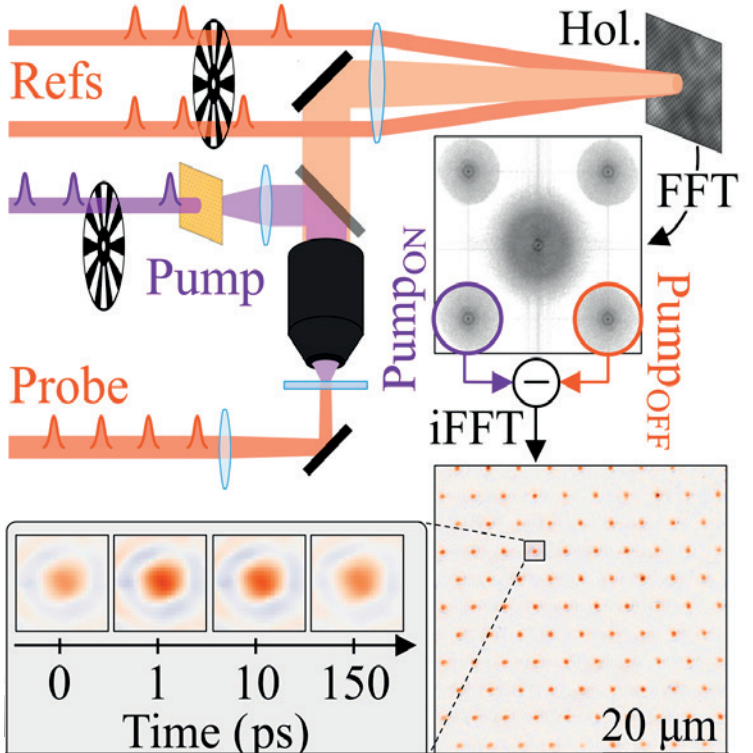
 Abstract
Abstract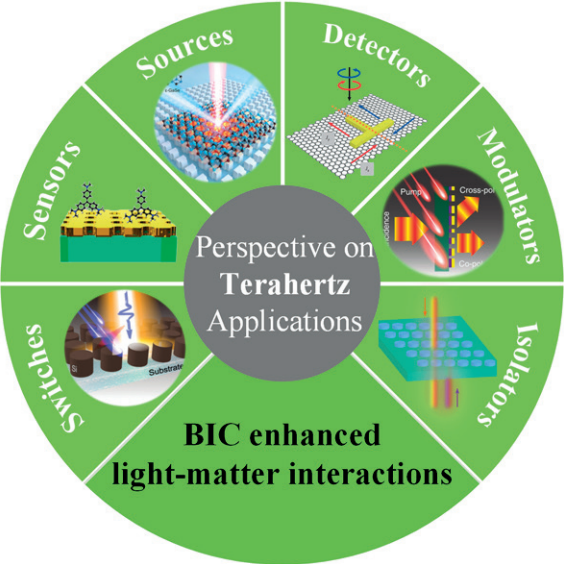
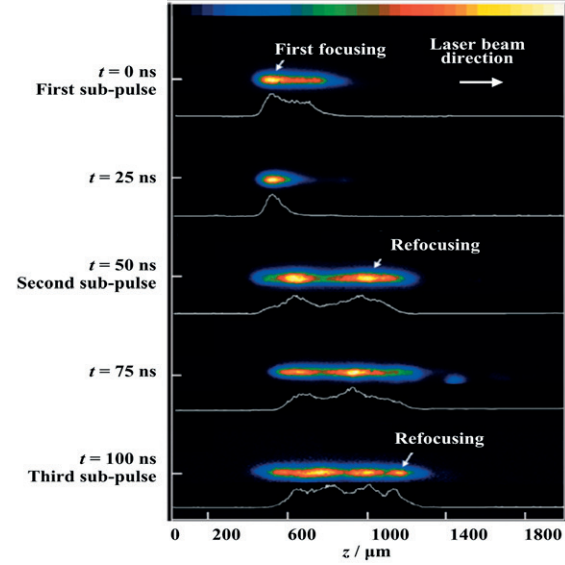
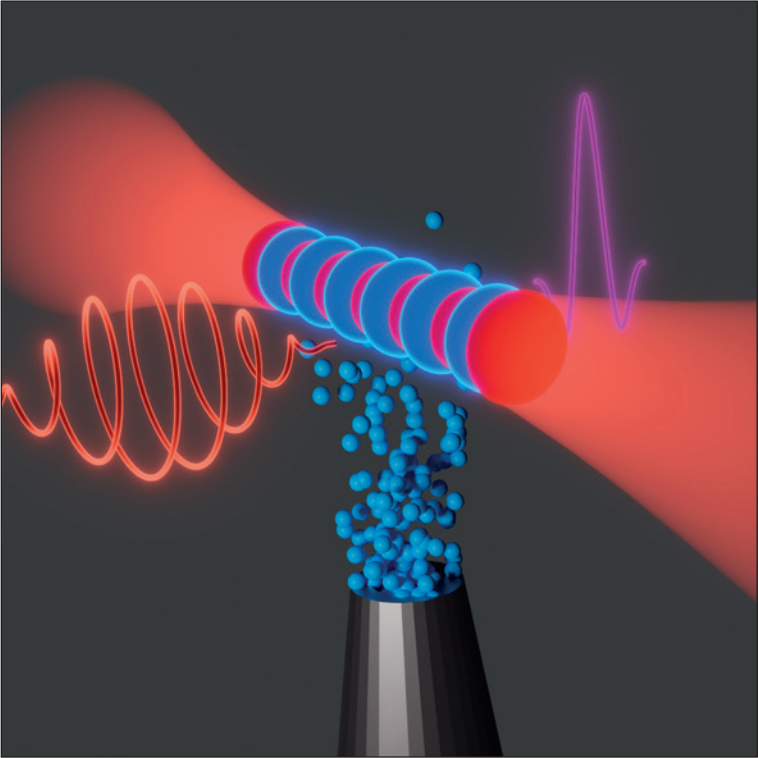
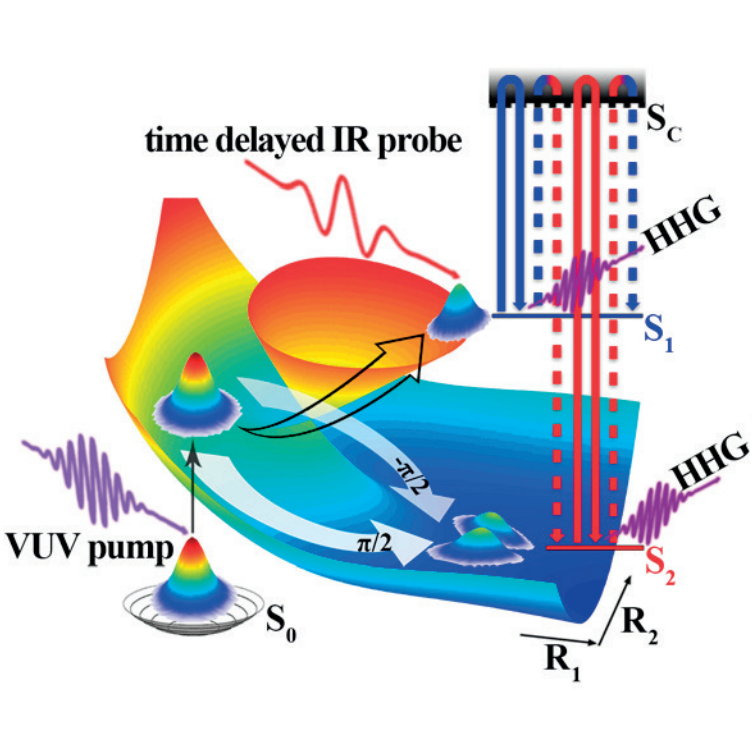

 陕公网安备 61019002001555号
陕公网安备 61019002001555号